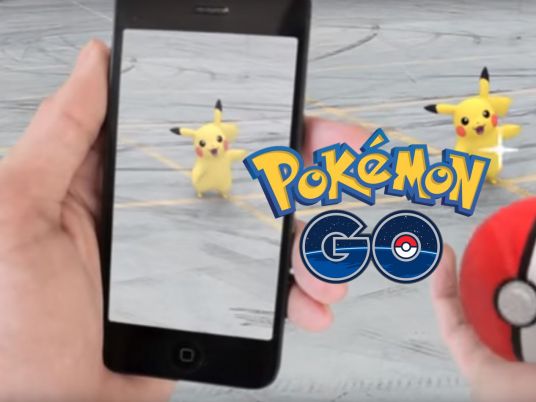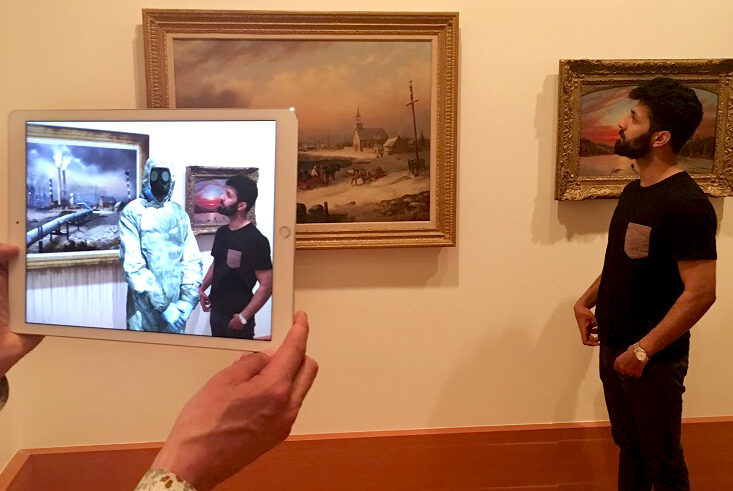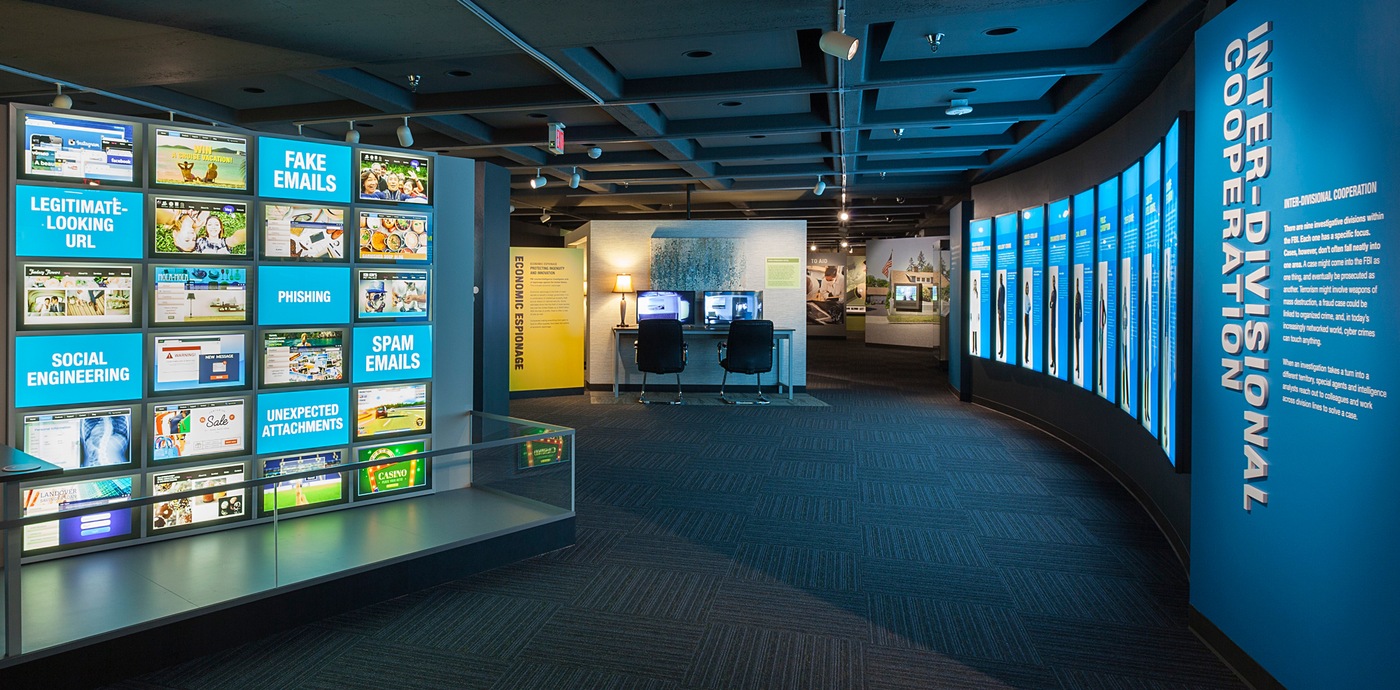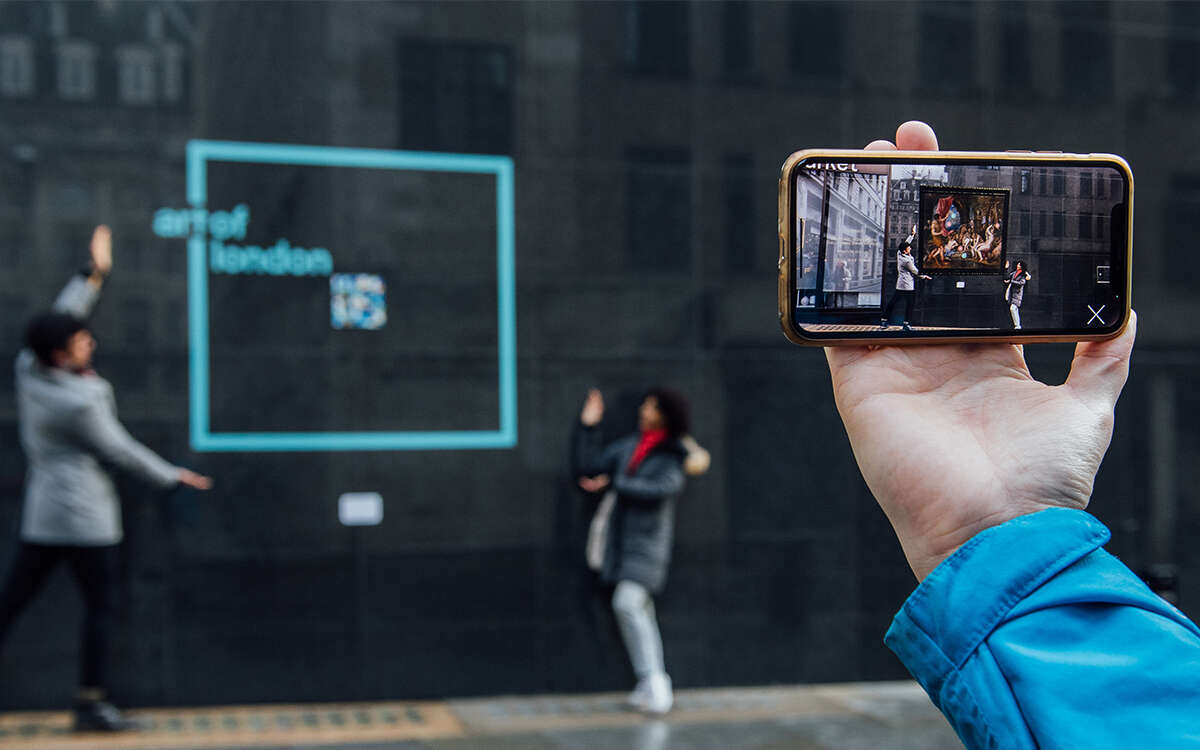As we are getting closer and closer to the metaverse, almost every aspect of our lives are going under a transformation. In some areas, the transformation is slow and not very noticeable at the moment; meanwhile, some things are changing almost overnight. Especially the cutting edge technologies like augmented and virtual reality are causing a shift in all fields they enter, changing the way we experience the world by closing the gap between digital and physical.
Few years ago, Michael Porter, a professor at the Harvard Business School, argued that every organization needs an augmented reality strategy. Today, we’re seeing that happening in real time. Some of the world’s biggest organizations in different industries are adopting their own AR strategies. Brands from vastly different industries such as Home Depot, Sephora, Nike and Target have all been integrating augmented reality to their businesses. Moreover, it seems like some of the major changes are occuring in culture and entertainment; and this includes museum and art galleries.

In the past few years, the use of AR in museums and art galleries has increased exponentially. Curators are utilizing AR to make their exhibitions much more immersive and to provide their visitors with the best experiences possible.
So, what is augmented reality and why and how it is being used by museums and art galleries?
Augmented Reality (AR)
Augmented reality is a type of experience created by superimposing (or augmenting) digital contents into the real world. It’s almost like bringing the digital world into reality and blending it together seamlessly. Think about the popular mobile game Pokemon Go, and how it displays an image of a Pokémon as though it were in the real world. The game uses phone cameras and GPS sensors to overlay virtual creatures over real-world locations. Created by the software development company Niantic, Pokemon Go introduced AR to the mass audience; making “augmented reality” the most searched term on Google in 2016. It also showed how augmented reality can be used to create innovative user experiences throughout different industries.

For the past few years, the market revenue for augmented reality has been growing rapidly and it is expected to reach USD 97.76 billion in 2028 with an annual growth rate of 48.6% throughout 2021-2028. Now, more than ever, AR is being used in different fields from medicine to retail and logistics. And, as mentioned in the beginning, culture and entertainment get a big slice of the cake when it comes to AR. Moreover, some of the most interesting usages of AR are within the field of museums and art galleries (MAG)
Why is AR a great fit for museums and art galleries?
When you think about the opportunities that augmented reality brings, it is not hard to see how it would be a great tool for museums and art galleries. A well executed AR experience can provide visitors with a more engaging display and allow them to have a deeper connection with the artifacts. Instead of a passive display of objects coupled with written information -which is what we are used to seeing in museums-, immersive experiences can be created that will allow visitors to participate and actively learn about the exhibitions they visit.

There are many different AR experiences that can be crafted within MAG. One example is creating a supplementary app that can be used while visiting the exhibitions. These apps use cameras to detect a triggering image or an artifact which will then be displayed on the screen of the visitors’ devices with interactive information and special effects. There are even few examples where a museum provides the visitors with AR headsets for a similar purpose. These apps and headsets can also be used as personal guides to lead visitors around an exhibition. Some more outstanding examples include special rooms built within MAG’s for the sole purpose of producing an immersive AR experience. These types of projects shed a new light on existing exhibitions and also pave the way for whole new displays of art and history.

To get a better understanding of how AR is reshaping museums and art galleries, here are some interesting examples:
The National Museum of Singapore: Story of the Forest is an ongoing project which was created by the Japanese digital art collective named teamLAb. Through a visual landscape this immersive installation presents 69 drawings from the William Farquhar Collection of Natural History Drawings transformed into three-dimensional animations that interact with the visitors. One of the earliest museums to adopt augmented reality, The National Museum of Singapore also has its own augmented reality app which is similar to Pokemon Go in that visitors hunt for and catch plants and animals to add to their virtual collection. The collected items come with interesting facts, which makes the learning experience much more fun.

The Art Gallery of Ontario: Reblink was a special exhibition created by the Toronto-based digital artist Alex Mayhew for The Art Gallery of Ontario (AGO). The exhibition, which ran from 2017 to 2018; displayed the modern reimaginations of the iconic paintings of artists such as Frans Snyders, George Agnew Reid and Luisa Casati. To experience this unique exhibit, all visitors had to do was to install the Reblink app on their phones or tablets. Then, using the camera of the device, the AR feature would get triggered by scanning a trigger image, in this case the original paintings within AGO; showing a new, manipulated version of these iconic images.

The FBI Experience: Developed in collaboration with the Smithsonian Exhibits, the FBI experience is a self-guided tour located within the FBI headquarters in Washington D.C. The exhibition came after a long period of closure following 9/11 and it was created to inform visitors about the work that the FBI does through interactive experiences, content and artifacts. Probably the highlight of the exhibition is an AR powered bank robbery simulation. In addition to showing the procedure that the FBI uses when investigating a bank robbery, it also invites the visitor to be a part of the action.

Art of London Augmented Gallery: Created with the partnership of The National Portrait Gallery, National Gallery, Royal Academy of Arts and Sky Arts, this project is designed to give Londoners the experience of an open air gallery through AR. Located in the famous West End in London, this augmented gallery was crafted during the pandemic to display a curation of some of the classic art pieces outdoors in an free and accessible environment for all. After installing the Art of London Augmented Gallery app, visitors can walk around life-size colorful frames and plaques on walls around the area, each of which contains QR codes and unique markers to unlock classic paintings and modern works featured from the gallery collections .

National Museum of Natural History: Produced by Vision3, Vulcan Productions and Microsoft and written by Amy Zimmerman, “Critical Distance” is a free AR experience hosted by The Smithsonian’s National Museum of Natural History. The project is described by its creators as a social experience that emphasizes the intrinsic connection between people, orcas and the ocean. It immerses visitors in a holographic orca pod and allows them to witness this endangered species’ daily obstacles. Unlike other AR experiences listed here, Critical Distance doesn’t require visitors to install an app. Instead, each visitor is provided a mixed-reality headsets, called the Microsoft HoloLens 2 that includes a narration by Jamie Margolin, youth climate justice activist and co-executive director of Zero Hour, in addition to the visual content.


